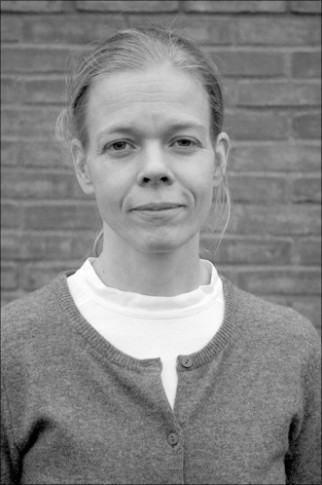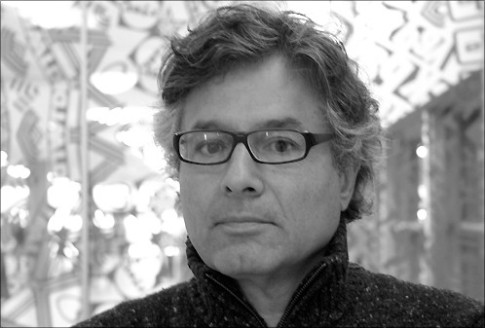Foreword from the catalogue
The idea behind Moderna Museet’s anniversary exhibition Time & Place, which will continue throughout 2008, is simple. It delves quickly into three places and periods that appear to have been remarkable, creative hot spots from a contemporary vantage point, and continue to generate new artistic impulses to this day.
The period is the years around 1960, when the art scene was largely focused on New York’s succession of Paris as the world’s art metropolis. Abstract expressionism, followed by pop art and minimalism, take centre stage. And Moderna Museet had one foot in Paris and one in New York when it was conceived and developed its identity. We are unmistakably a child of the Paris-New York axis.
For many years, art of that period around 1960 appeared to be exclusively the product of these two cities – if an artist happened to come from somewhere else, he or she was quickly ascribed to the creative history of, say, New York. Nothing strange about that – this is what usually happens. But in hindsight, it is apparent that other “creative pockets” were emerging during the period in entirely different places, with their own radical artistic projects, but practically invisible beyond their domestic arena, obscured, as they were, by the dominant scenes.
The three places we have chosen to look at more closely are Rio de Janeiro, Los Angeles and the twin cities Milan and Torino. Three places that formed the backdrop during the years when Moderna Museet was born, for artistic experiments that had a minimal impact on us then, but proved later to have been just as crucial catalysts as, say, New York’s pop artists.
Rio de Janeiro
The “Neo period” in Rio de Janeiro, the years 1956-1964, with neo-concretism, bossa nova and cinema novo, still reverberate in our contemporary culture – yes, perhaps more than ever. Oscar Niemeyer is still, at the age of 100, seen as a sharp contemporary architect and was invited to design the Serpentine’s summer pavilion; the bossa nova is flourishing, with Bebel Gilberto as its laid-back spearhead, stronger than ever in the second generation, and the artists who first appeared under the banner of neo-concretism – including Hélio Oiticica, Lygia Clark and Lygia Pape – have played a vital part in contemporary relational aesthetics with their approach to audience interaction and co-creation.
Rio de Janeiro is the obvious place to start this series. Not least in view of Brazil’s special connection with the year 1958 – when Moderna Museet was born. In 1958, Brazil won the World cup for the first time, an event that contributed immensely to the country’s self-esteem and gave further momentum to the “Bossa Nova President” Kubitsche’s plan to carry out fifty years’ reforms in five years. The final match was played at Råsunda Stadium in Stockholm – Sweden-Brazil – starring a 17-year-old Pelé. The fact that Sweden won the silver medal at home also helped boost Swedish self-esteem – and it was in this winning spirit that Moderna Museet opened its doors.
Time & Place: Rio de Janeiro 1956–1964 can be seen as both an opportunity to learn more about a fantastic time and place, and a mirror for ourselves and our own history, albeit more specifically the history of Moderna Museet.
Lars Nittve
Director, Moderna Museet


